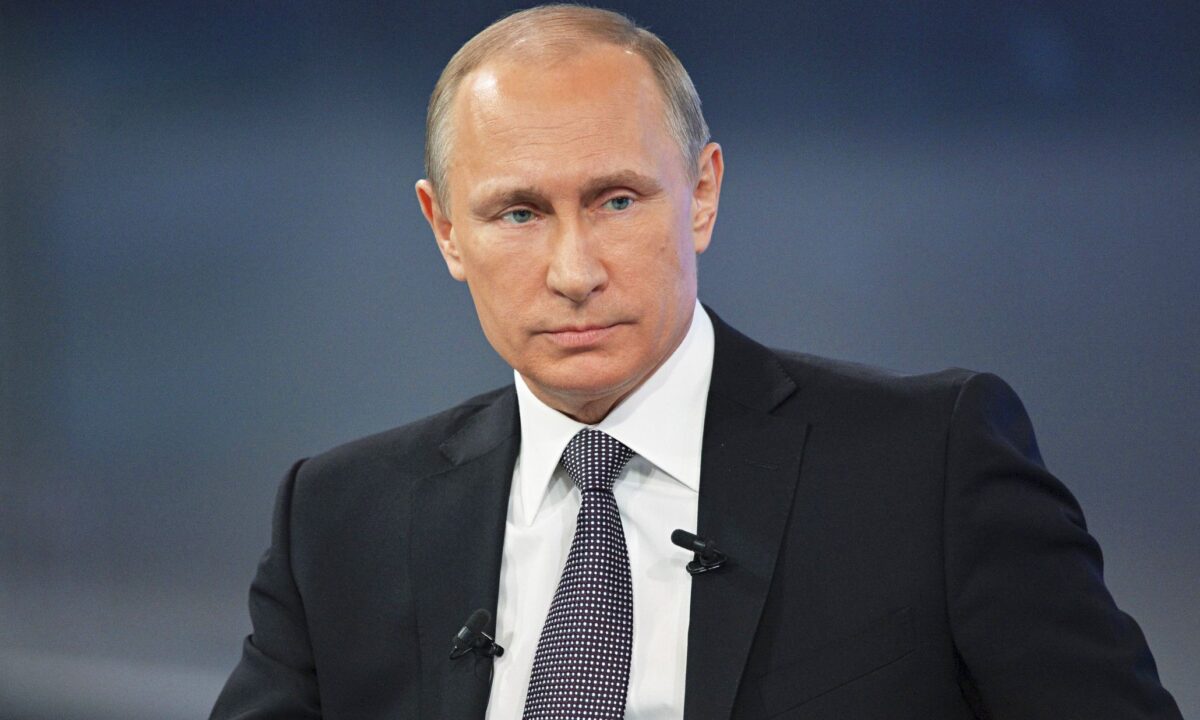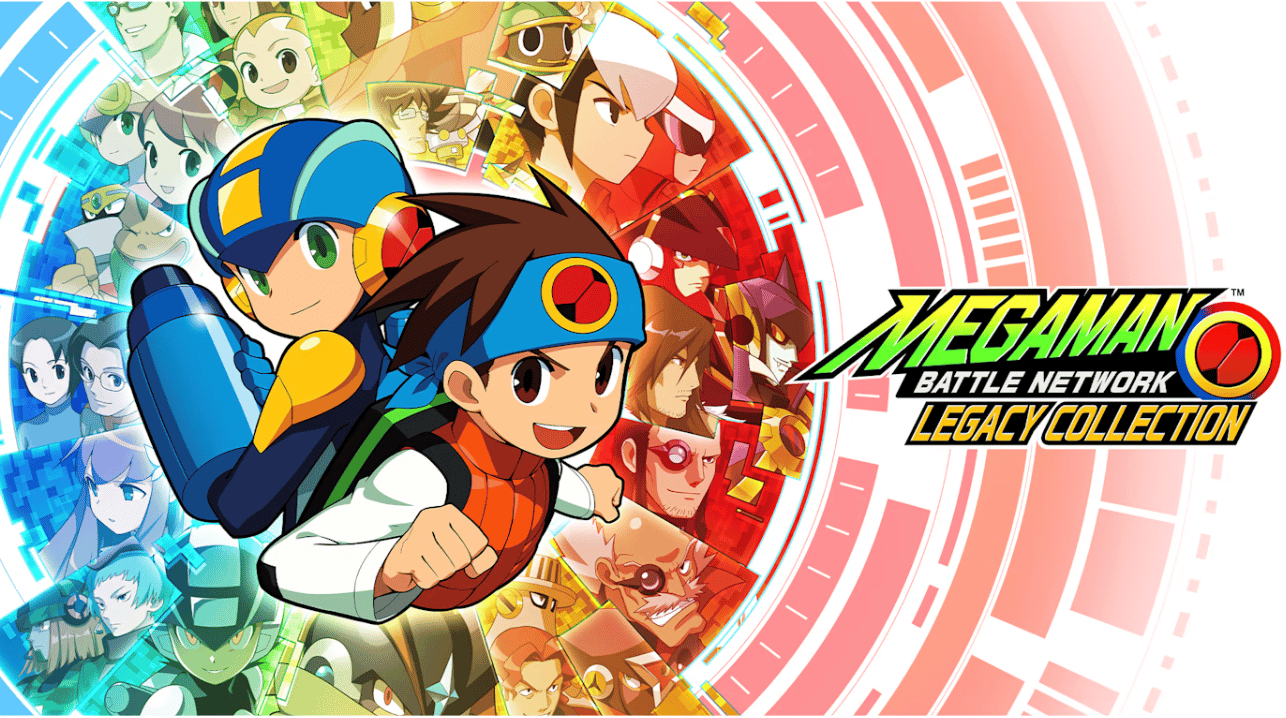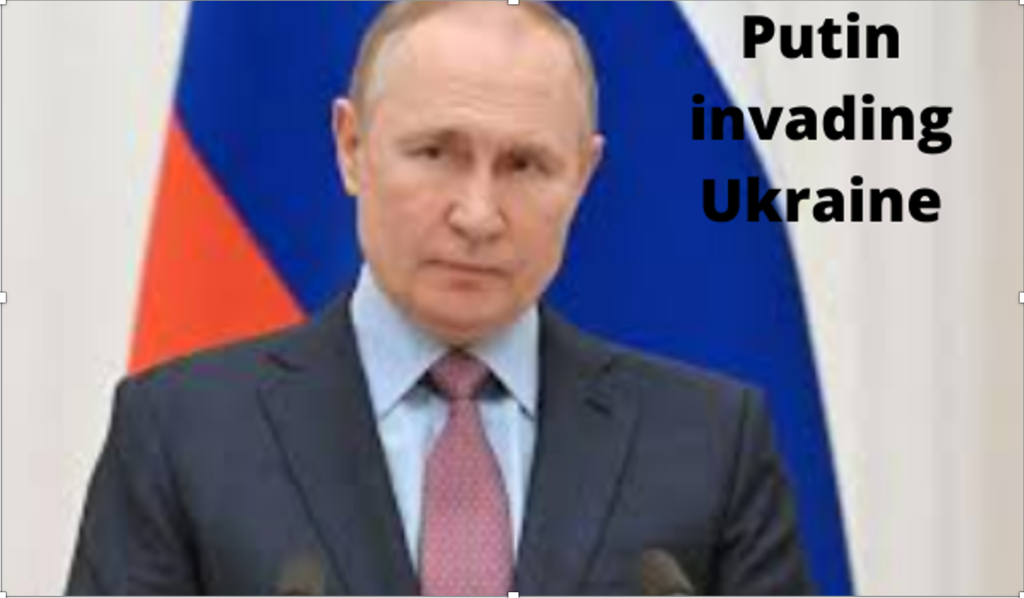
Reasons for Putin’s Invasion of Ukraine
The invasion of Ukraine by Russia has sparked the most deadly conflict between Moscow and NATO partners since the end of the Cold War. The dispute stems from Ukraine’s choice to strengthen connections with the European Union and NATO, steering clear of Russia, with which it shares strong social and cultural ties dating back to the Middle Ages.
Russian President Vladimir Putin made clear in a speech days before ordering the attack that he considers Ukraine to be in Russia’s fold, a position it has held since the days of the Russian Empire under Catherine the Great in the 18th century and throughout the nations’ shared history in the Soviet Union. The invasion, which has turned into one of Europe’s most serious security crises since World War II, demonstrates Putin’s determination to compel a solution.
The Starting Point for this Round
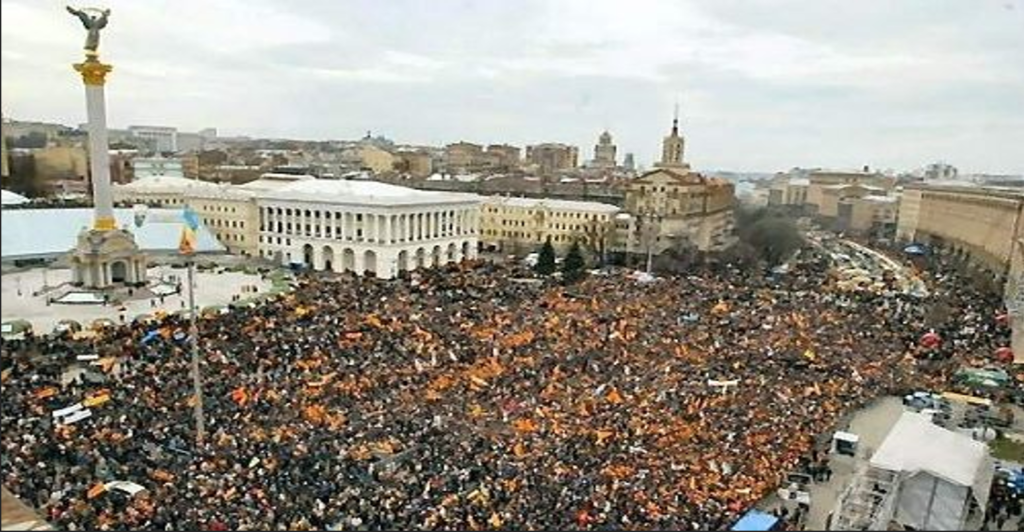
Since Ukraine’s 2004 Orange Revolution, which signaled its realignment in the direction of Europe, tensions have dominated relations between Moscow and Kyiv. The decision by Moscow-backed Ukrainian President Viktor Yanukovych to renege on a trade accord with the EU at the end of 2013 sparked huge protests, culminating in Yanukovych’s removal in February 2014.
Putin, who accused the United States and the European Union of orchestrating a “fascist” coup, retaliated with the most important land grab in postwar Europe: the seizure and annexation of Ukraine’s Crimea Peninsula. The move drew a slew of US and EU sanctions, but also gave Russia complete control of the Sevastopol military port, which houses Russia’s Black Sea fleet. Russia then backed separatist groups in Ukraine, which declared two autonomous republics near the Russian border in the eastern Donbas region. Ukraine has suffered economically since then, with supply lines disrupted, revenue lost, and resources diverted to a separatist war supported by Russia.
It Wasn’t Always the Same Circumstance
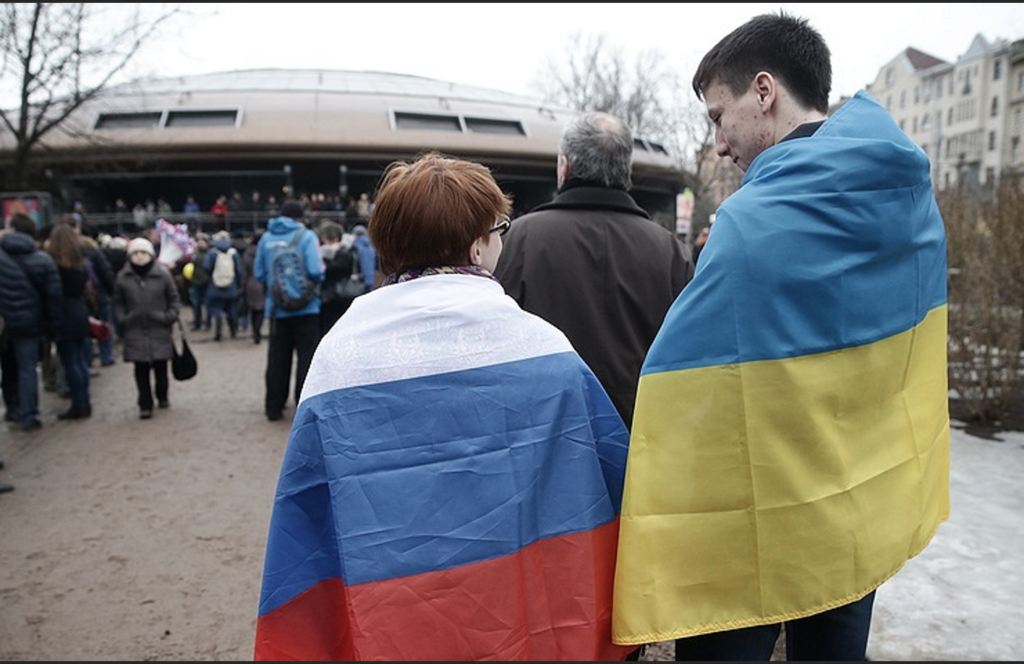
Russia and Ukraine have a long history together, however throughout the Russian Empire and the Soviet Union, the former dominated the latter. Russian and Ukrainian families have had a long history of kinship, even if the Soviets pushed it a step further by enforcing brotherhood codes between them. Though a large majority of Ukraine’s 41 million people support EU integration, some Russian-speaking Ukrainians retain affection for the Kremlin.
Almost everyone speaks and understands Russian, including those whose first language is Ukrainian. Putin, for one, emphasized his favored belief that Russians and Ukrainians are one people in his address announcing the invasion. It’s a key component of his assertion, mocked by Kyiv, that Ukraine isn’t a real country; in an improvised version of history, he said that it was “totally built” by Soviet planners out of Russian imperial soil. Putin’s allegation that Ukraine is a fictitious country misses important aspects of the country’s identity. For example, the Holodomor famine of the 1930s killed millions of Ukrainians, and which they blame Soviet leader Josef Stalin. In any event, linguistic and ethnic divisions have long persisted in Ukraine, notably between the primarily Russian-speaking people in the east and the Ukrainian-speaking districts of the west near the borders with Poland, Slovakia, and Hungary.
When Vladimir Putin disrupted Europe’s peace by attacking a 44-million-strong democracy, he justified his actions by claiming that modern, Western-leaning Ukraine was a perpetual threat to Russia’s ability to “feel safe, develop, and exist.”But, after thousands of fatalities in damaged towns and cities, as well as the displacement of over 10 million people within Ukraine and beyond, the questions remain: what is his goal, and how will this war end?
Behind the Scenes, Putin’s True Goal
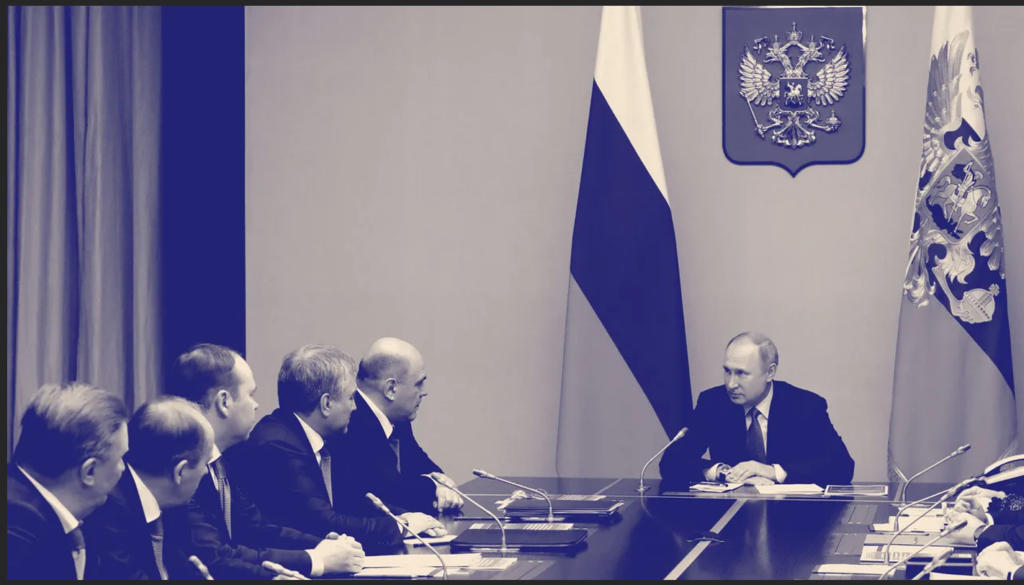
The Russian leader’s primary goal was to invade Ukraine and topple its government, effectively putting an end to Ukraine’s desire to join NATO. He was unable to take Kyiv, Ukraine’s capital, and has now moved his focus to the east and south of the country.
On the day he launched the invasion, he told the Russian people that his purpose was-
- To “demilitarize and de-Nazify Ukraine” in order to protect people who had been subjected to “eight years of bullying and genocide” by Ukraine’s government.
- We have no intention of occupying Ukrainian land. We have no intention of forcibly imposing anything on anyone.
- He was adamant. He said that this was not even a war or an invasion, but rather a “special military operation” that Russian state-controlled media were forced to portray.
Although the charges of Nazis and genocide in Ukraine were baseless, it was evident that Russia considered this a watershed event. “Russia’s future and role in the world are on the line,” said Sergei Naryshkin, Russia’s foreign intelligence chief.
Foreign Minister Sergei Lavrov spoke of freeing Ukraine from oppression, while President Volodymyr Zelensky, who was democratically elected, claimed that “the adversary has designated me as target number one; my family is target number two.”
Has Putin’s agenda shifted?
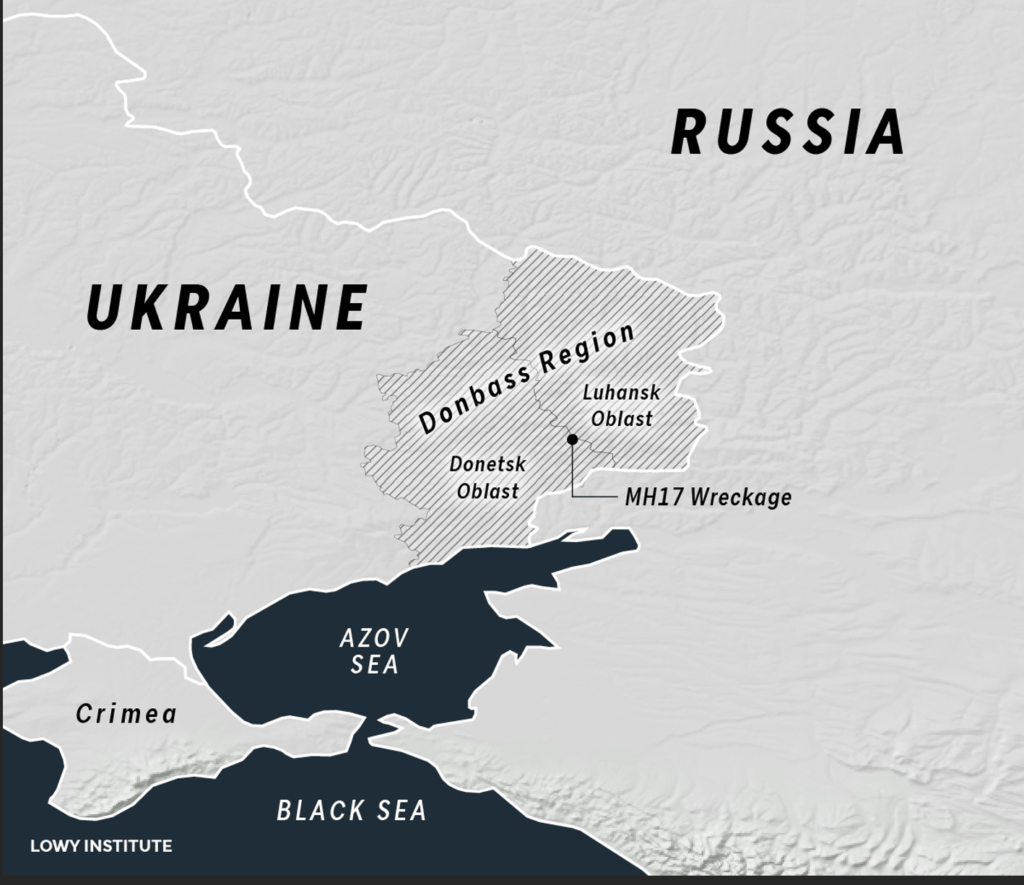
Russia stated its major goal a month into the invasion: “Liberation of Donbas,” which refers to Ukraine’s eastern regions of Luhansk and Donetsk. In a battle that began in 2014, Russian-backed rebels seized more than a third of this territory.
The Kremlin said that the first phase of the invasion had “largely met” its goals, which it described as significantly diminishing Ukraine’s war capabilities.
However, Russia’s failure to conquer Kyiv, as well as its significant losses and withdrawal from territories surrounding the capital, show that its objectives have been cut back.
His forces are now concentrating their efforts on capturing the two major eastern areas and establishing a land corridor running east from Crimea to the Russian border along the south coast.
Prior to the attack, it was evident that President Putin wanted to take over the entire east, acknowledging Luhansk and Donetsk as two Russian puppet states. The head of the Luhansk statelet has already proposed conducting a referendum on joining Russia, similar to the widely criticized plebiscite in Crimea in 2014.
It’s unclear whether Russia’s president also wants to take control of Kherson’s entire southern region and expand his power down Ukraine’s Black Sea coast.
President Putin’s bigger aim, in addition to his military objectives, is to preserve Ukraine’s future neutrality. As part of a broad peace plan announced in Turkey, the Ukrainians have offered this in exchange for security guarantees from partners.
Why does Putin want Ukraine to be neutral?
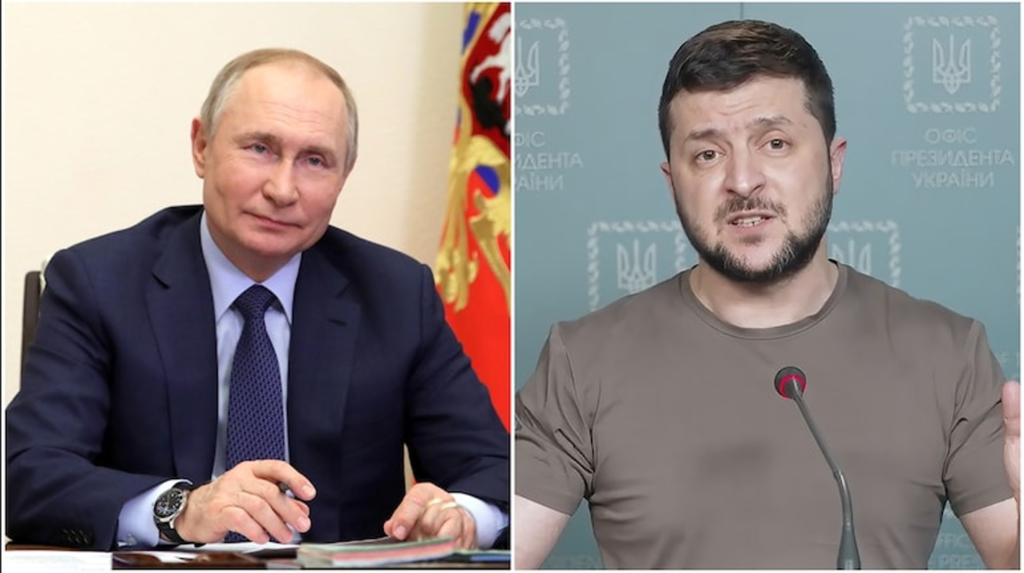
Ukraine has increasingly shifted its allegiance to the West, including the EU and Nato, since gaining independence in 1991, as the Soviet Union dissolved.
The demise of the Soviet Union was viewed as the “disintegration of historical Russia” by Russia’s Putin, who wanted to change that. He claims that Russians and Ukrainians are one people, dismissing Ukraine’s long history: “Ukraine never had steady traditions of legitimate sovereignty,” he claims.
His pressure on Viktor Yanukovych, Ukraine’s pro-Russian president, to not sign a deal with the European Union in 2013 sparked riots that led to the president’s ouster in February 2014. After seizing Crimea in Ukraine’s south, Russia sparked a separatist revolt in the east and a war that claimed 14,000 lives.
He tore up an unfulfilled 2015 Minsk peace pact as he prepared to invade in February, accusing Nato of threatening “our historic future as a nation,” asserting without evidence that Nato members sought to bring the war to Crimea.
Putin’s issue with NATO
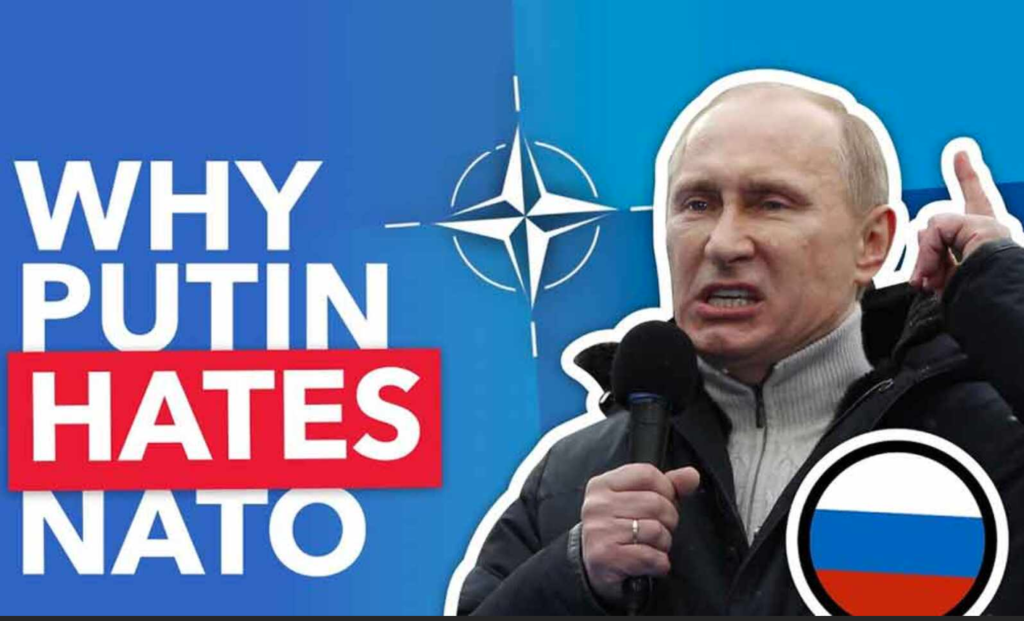
The goal of the West’s 30-member defensive military alliance, according to Russia’s Putin, is to fracture society in Russia and eventually destroy it.
He requested that Nato go back to 1997 and halt its eastward expansion, remove its forces and military infrastructure from member states that joined the alliance after 1997, and avoid placing “attack weapons near Russia’s borders” before the war. That includes Central and Eastern Europe, as well as the Baltic States.
I hope you get a clear view of the Reasons for Putin’s Invasion of Ukraine in this post.
Did you find this article useful? You can find more useful articles here at 456Lifestyles.
Reasons for Putin’s Invasion of Ukraine

